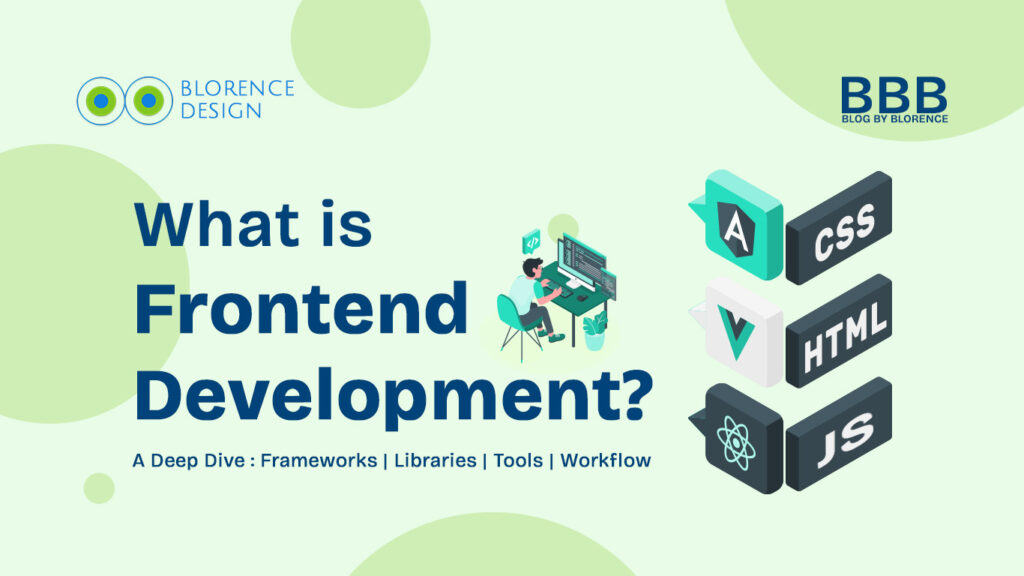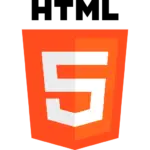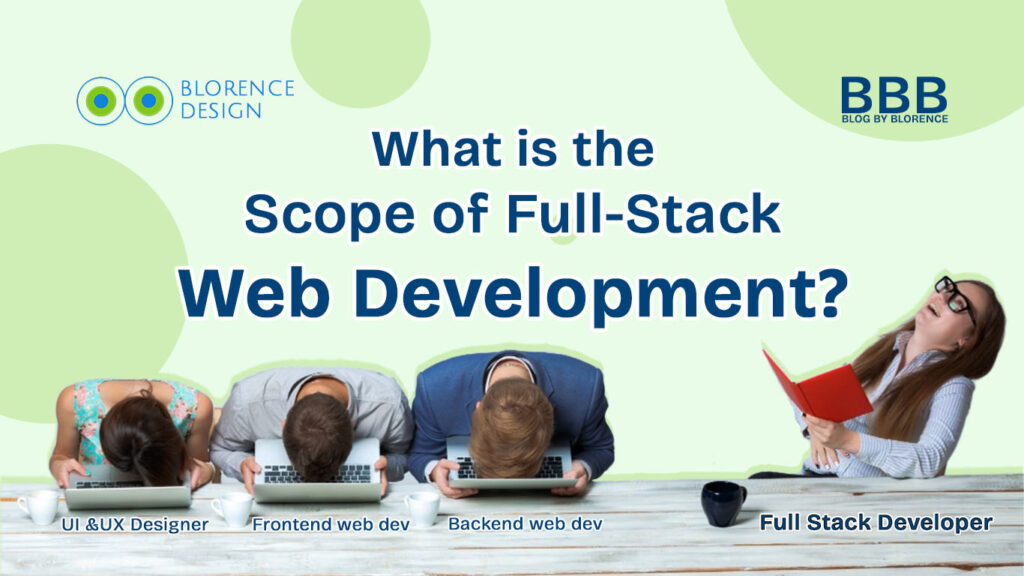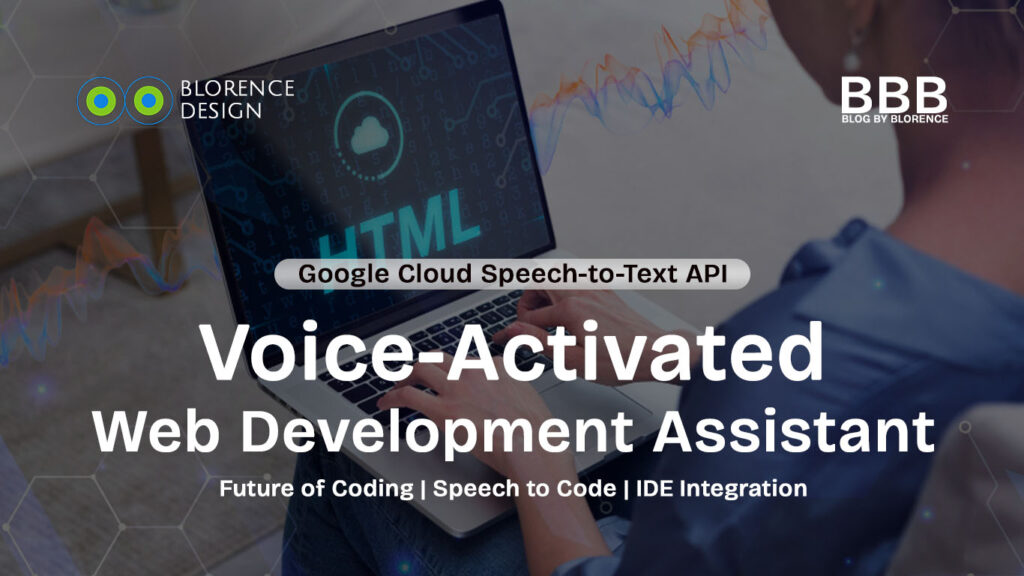Introduction
Front-end development is a critical aspect of web development that focuses on creating the part of a website or application that users interact with directly. It involves a combination of technologies, design principles, and tools to ensure a seamless and engaging user experience. In this blog, we’ll take a deep dive into what front-end development is, and its components, and provide examples to illustrate key concepts.
What is Front-End Development?
Front-end development, also known as client-side development, is the practice of converting data into a graphical interface using HTML, CSS, and JavaScript so that users can view and interact with that data. The primary goal of front-end development is to ensure that a website is user-friendly, visually appealing, and functions smoothly on all devices and browsers.
Importance of Front-End Development
Front-end development is crucial because it shapes the user experience, creating the first impression that can make or break a website’s success. It ensures a visually appealing, responsive, and accessible interface, allowing users to navigate and interact with ease. By optimizing performance, ensuring cross-browser and device compatibility, and reinforcing brand identity through consistent design elements, front-end development enhances engagement, boosts SEO, and supports accessibility. This leads to increased user satisfaction, higher search engine rankings, and ultimately, greater success for web projects.
Key Technologies in Front-End Development
1. HTML (HyperText Markup Language)
- HTML is the backbone of any web development process. It provides the structure of the webpage by defining elements like headings, paragraphs, lists, links, images, and more.
Example:
<!DOCTYPE html><html lang="en"><head><meta charset="UTF-8"><meta name="viewport" content="width=device-width, initial-scale=1.0"><title>My Blog</title></head><body><header><h1>Welcome to My Blog</h1></header><article><h2>Understanding Front-End Development</h2><p>Front-end development is all about creating the user interface of a website.</p></article></body></html>
2. CSS (Cascading Style Sheets)
- CSS is used to style the HTML elements. It controls the layout, colors, fonts, and overall visual appearance of the site.
Example:
body {font-family: Arial, sans-serif;line-height: 1.6;}header{background-color: #f4f4f4;padding: 20px;text-align: center;}h1 {color: #333;}article {margin: 20px;}

3.JavaScript
- JavaScript is a programming language that enables interactive web pages. It can update and change both HTML and CSS, and it can calculate, manipulate, and validate data.
Example:
document.addEventListener('DOMContentLoaded', function() {const article = document.querySelector('article');article.innerHTML += '<p>This paragraph was added using JavaScript!</p>';});

Frameworks and Libraries
Front-end development is made more efficient and powerful through the use of frameworks and libraries. These tools provide pre-written code that simplifies complex tasks.
React:
- React is a JavaScript library for building user interfaces, particularly single-page applications. It allows developers to create large web applications that can update and render efficiently in response to data changes.
Vue.js
- Vue.js is a progressive JavaScript framework used for building user interfaces and single-page applications. It is designed to be incrementally adoptable.
Angular:
- Angular is a platform and framework for building single-page client applications using HTML and TypeScript. Angular is written in TypeScript.
Responsive Design
Responsive design ensures that a website looks good on all devices, from desktops to tablets to smartphones. This is achieved through the use of flexible grids, layouts, and CSS media queries.
Example of a responsive layout with CSS Grid
.container { display: grid; grid-template-columns: 1fr 3fr; gap: 20px;
}@media (max-width: 768px) { .container { grid-template-columns: 1fr;
}
}
Tools and Workflow
Version Control (Git)
- Git is a version control system that helps developers keep track of changes in their code and collaborate with others.
Build Tools (Webpack, Parcel)
- These tools bundle JavaScript files for usage in a browser. They can also transform or compile code, optimize assets, and manage dependencies.
Package Managers (npm, Yarn)
- Package managers help in managing project dependencies and libraries. They make it easier to install, update, and remove packages.
Best Practices
Semantic HTML
- Use HTML elements according to their purpose to improve accessibility and SEO.
- Example: Use
<nav>for navigation sections,<article>for self-contained content, and<footer>for footer content.
Accessibility
- Ensure that your website is usable by people with disabilities. Use ARIA (Accessible Rich Internet Applications) attributes, semantic HTML, and proper contrast ratios.
- Example:
<button aria-label="Close">X</button>
Performance Optimization
- Minimize and compress CSS and JavaScript files, use responsive images, and leverage browser caching.
- Minimize and compress CSS and JavaScript files, use responsive images, and leverage browser caching.
Example:
<img src="image.jpg" srcset="image-small.jpg 480w, image-medium.jpg 768w, image-large.jpg1024w" alt="Responsive Image">
1. Online Courses and Tutorials
- Blog.blorencedesign: Blorence Design Blog disseminates valuable insights on web development and design for professional advancement, free of charge.
- Codecademy: Offers interactive courses on HTML, CSS, JavaScript, and various front-end frameworks.
- freeCodeCamp: Provides a comprehensive curriculum that covers front-end development and offers hands-on projects.
- Coursera: Hosts courses from universities and institutions on web development, including front-end specializations.
- Udemy: Features a wide range of courses on front-end technologies, often with lifetime access and community support.
- Pluralsight: Offers in-depth courses on front-end development, with assessments to track your progress.
2. Documentation and Official Guides
- MDN Web Docs: Comprehensive resource for learning HTML, CSS, and JavaScript, with detailed tutorials and references.
- W3Schools: Provides easy-to-understand tutorials and examples for front-end technologies.
3. Books
- “HTML & CSS: Design and Build Websites” by Jon Duckett: A beginner-friendly guide with visually rich content.
- “JavaScript and JQuery: Interactive Front-End Web Development” by Jon Duckett: A great book for learning JavaScript and jQuery with practical examples.
- “You Don’t Know JS” by Kyle Simpson: A series of books that dive deep into JavaScript concepts.
4. Practice Platforms
- LeetCode: Offers coding challenges that can help improve problem-solving skills in JavaScript.
- HackerRank: Provides coding challenges and contests to practice front-end development skills.
5. Communities and Forums
- Stack Overflow: A great place to ask questions and find answers related to front-end development issues.
- Reddit: The web development subreddit is a community for sharing knowledge and experiences.
- Dev.to: A platform where developers share articles, tutorials, and projects.
Conclusion
Front-end development is a dynamic and essential part of web development that brings a website to life. By mastering HTML, CSS, JavaScript, and modern frameworks, and adhering to best practices, developers can create interactive, responsive, and accessible user interfaces. Whether you’re building a simple blog or a complex web application, a solid understanding of front-end development is crucial to delivering a compelling user experience.













